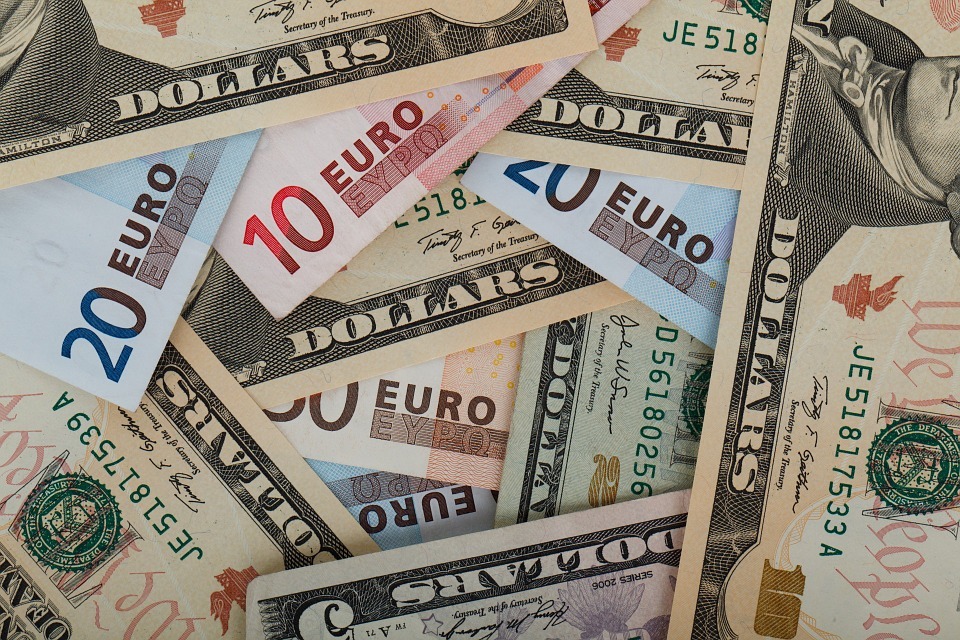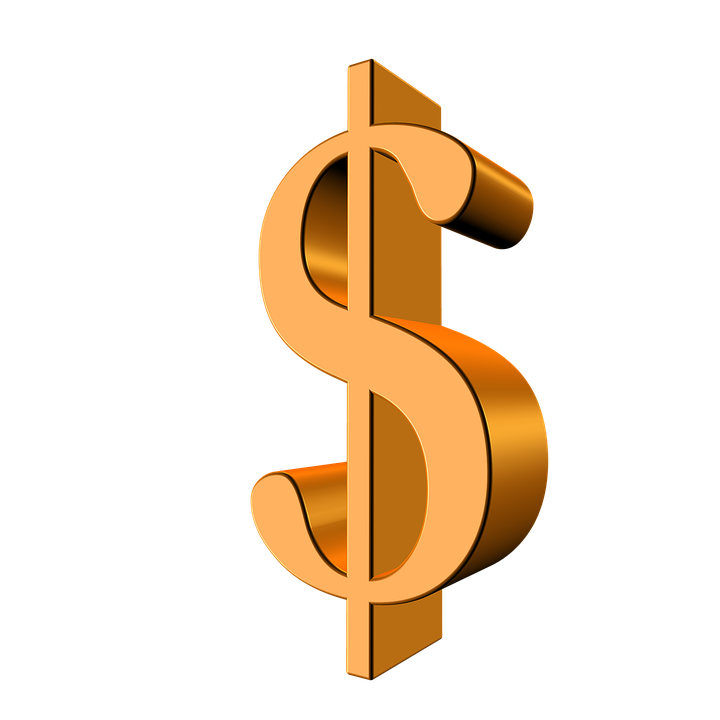What Makes Markets Move
Since the birth of financial markets, traders were fascinated by what makes the market move. What are the forces that drive the change in prices and is there a way to interpret and understand them, so a profit is made?
This is how technical analysis was born. Traders’ curiosity led to interpreting price patterns; then trading theories appeared, and so on. Next thing you know, Forex trading appeared, and trading algorithms and robots influence prices.
Financial markets move for various reasons. Nowadays we can’t just refer to Forex trading or stock trading. Because financial markets are interconnected, what drives one market influences all of them.
This article aims to highlight things to keep an eye on when trading Forex. But these factors, as explained above, don’t influence only the currency market. Instead, all financial products react, only with moves of different degrees.

What Moves Financial Markets
Whenever prices fluctuate, a reason must exist. In financial markets, that reason comes from supply and demand levels.
The imbalances between the two are closely watched. When buyers overcome sellers both in numbers or in volume, the price rises.
Never in the history of markets, has the price moved if there was no demand. This is valid in other areas of life too.
Think of the housing market, for instance. If the prices hold to elevated levels, people rush in calling a bubble.
But you see, the market only reflects the balance between supply and demand. Prices won’t stay high unless there’s demand for the product at those levels.
Artificial prices won’t hold for long. They may exist for a while, but in the end, the market will dictate the real price.
The same in Forex trading. When the price reaches a confluence area, it tries to break it several times.
In doing so, it consumes time. Traders will quickly notice the hesitation and will look for reversal patterns that confirm them.
Here are a few “actors” and factors that genuinely move financial markets, and influence Forex trading in particular:
1. Other Market Participants
By other market participants, we refer to all the other market players except retail traders. Their actions influence the supply and demand levels in Forex trading, but the retail traders’ actions won’t.
In the end, it is just a matter of numbers. Retail trading counts for about six percent of the overall Forex trading daily volume.
Put it in numbers, that’s six percent of five trillion that exchange hands every single trading day. That’s an incredibly low percentage to influence the currency pairs swings.
Hence, retail traders are rather followers, not influencers, when it comes to Forex trading. Other market participants are central and commercial banks, brokers and liquidity providers, institutional investors and family offices that manage high net-worth individuals portfolios, the high-frequency trading industry, and so on.
We’ve covered them all in the course of this Trading Academy, so this is an excellent time to review their impact. This section aims to illustrate the impact retail traders have in Forex trading, or in the way the currency pairs move. That’s zero or almost zero.

2. The U.S. Dollar
Yes, that is correct! The U.S. Dollar is key to the financial market’s volatility.
Since the Bretton Woods system that laid the rules of today’s financial market, the U.S. Dollar’s influence in global trade increased significantly.
This is especially true after the 1971 Nixon shock when the U.S. administration chose to break the direct convertibility of the USD to gold. From that moment, it was all about trusting the central banks and the fiat money, as the U.S. quickly found a way to fund the enormous trade deficits via the petrodollar.

Nowadays, the USD is the world’s reserve currency. It means that almost all international trade (if not all, a sizeable part of it) is conducted in USD.
It also means that the international debt and loan market conducts operations in USD. Moreover, it means that nations and states keep their excess reserves in USD, not in their local currency, telling much about the trust they put in the greenback.
For all these reasons, the USD holds the primary role as the cause of what makes markets move. When the USD isn’t moving, ranges are everywhere, and Forex trading becomes boring if traders have a medium to long-term perspective.
One important thing to mention here is a distinction traders must make between the USD and the DXY (Dollar Index). The DXY shows the evolution of the USD only against a small basket of currencies (EUR, JPY, GBP, CAD, SEK and CHF, not all currencies part of the Forex dashboard. Essential currencies like the AUD or other emerging markets aren’t included, so traders basing their Forex trading decisions on the DXY moves must be aware of its componence.
3. The Federal Reserve of the United States
The institution that dictates the interest rate on the USD holds the key to its valuation. Hence, the Federal Reserve tops the list when it comes to entities that move financial markets and Forex trading in particular.
Traders around the world closely watch the Fed's decisions and their implications. And, not only traders.
Policy-makers of all sorts try to interpret what the Fed is up to and how the change in the interest rate level and monetary policy will affect the local economies. Fed is well aware of the influence it has and how the monetary policy on the USD might be used to run economic warfare.
Of course, no one will admit such a thing, as it isn’t part of the mandate and therefore impossible to mention. But consider the recent Fed’s course of action, for instance.
It started an economic tightening cycle by raising the rates on the USD from almost zero to around two percent. At the same time, it is in a full process to swing down the balance sheet by selling big chunks of the bonds it holds in the portfolio.
As such, it creates a double tightening environment by effectively draining USD from the international financial system. When this happens, nations that must pay their debt in a currency that is more difficult to find. Hence, the buying pressure on the USD will increase on all exchanges and ultimately, it’ll be seen in Forex trading.

Conclusion
The things and entities mentioned in this article aren’t responsible for all Forex trading moves. However, they are responsible for most of them, and traders can’t ignore them.
Traders get to understand how financial markets function and what truly matters, by being up-to-date with what’s happening with the USD and the Fed’s actions.
Of course, other central banks create volatility too. When the European Central Bank (ECB) or other major central bank shifts its monetary policy, the Euro pairs experience an increase in the volatility levels.
The same is valid when other central banks take action. However, as it turns out, the reactions are “regional” and have “local” impact in Forex trading.
Again, everything depends on the USD and the interest rate level set by the Federal Reserve of the United States. The rest is just temporary noise.

